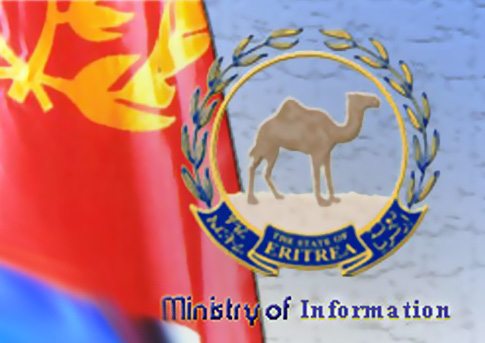The US-funded FEWS Net (Famine Early Warning Systems Network) released Food Security updates for Kenya and Somalia. Here are the summary of the updates FEWS Net e-mailed.
Kenya Food Security Update, May 2012
HEADLINE: Poor long rains in parts of pastoral areas.
Food Security Summary:
With the exceptions of pockets in the northern and northeastern pastoral areas, the long rains delayed by up to five weeks across the country. The rainfall performance has been generally good in many places outside of the northern and northeastern pastoral areas and the southeastern and coastal marginal agricultural areas where rainfall has been below average and poorly distributed over both time and space. As a result, the majority of the households in these areas are classified as Stressed (IPC Phase 2), while a few are in Crisis (IPC Phase 3).
The improved availability of milk, short cycle crops, and casual labor opportunities are moderating the decline in household food security situation across the southeastern marginal agricultural zone. However, households are Stressed (IPC Phase 2) as food stocks are exhausted and market prices are above average and increasing. Food insecurity is intensifying in the coastal lowlands where the long rains have not recharged water sources or supported crop growth.
According to the Kenya Red Cross Society (KRCS) and local government officials, nearly 65 people have been killed and around 4,000 households have been displaced by flash floods and landslides. The flash floods have destroyed property and disrupted schooling and transportation in northwestern, western, and southwestern Kenya. Additional flooding and landslides are likely to occur in localized areas of West Pokot, Marakwet, Busia, Nyando and Meru where up to 200 millimeters (mm) of rain is forecast over the next seven days.
Download Kenya Food Security Update, May 2012
——————————————————————-
Somalia Food Security Update, May 2012
HEADLINE: Gu season crop performance near average.
Food Security Summary:
Food security is expected to deteriorate during the April-June period, the peak lean season for households which rely on crop production (Figure 1). However, food insecurity is not expected to reach 2011 levels and improvements are expected following the July/August Gu harvest.
Moderate rainfall in Lower and Middle Shabelle, Bay, and Bakool regions has supported crop germination and establishment. Near average Gu-season production is expected if rains continue over the coming months, though cricket outbreaks, flooding, and reduced area planted in Lower Shabelle could reduce the overall, national harvests.
Despite the overall nutrition situation improvement since July/August 2011, levels of acute malnutrition and mortality remain above emergency thresholds in southern Somalia. The prevalence of global acute malnutrition (GAM) in rural areas of the south ranges between 20 and 30 percent with the exceptions of Bay region and the Juba Riverine livelihood zone, where the GAM prevalence likely remains above 30 percent. Levels of acute malnutrition have improved more significantly in Mogadishu.
Late May and June rain performances will still determine the overall size of Gu crop production in southern Somalia.
Download Somalia Food Security Update, May 2012
——————————————————————-
For additional May/2012 updates from FEWS Net, visit the Ethiopia Center or the Somalia Center or the Kenya Center .
Famine Early Warning Systems Network (FEWS NET) is a US Agency for International Development Partnership with: Chemonics International, Foreign Agricultural Service, U.S. Department of Agriculture (USDA), National Aeronautics and Space Administration (NASA), National Oceanic and Atmospheric Administration (NOAA), United States Geological Survey (USGS).
*************
Check the Humanitarian archive for related posts.





